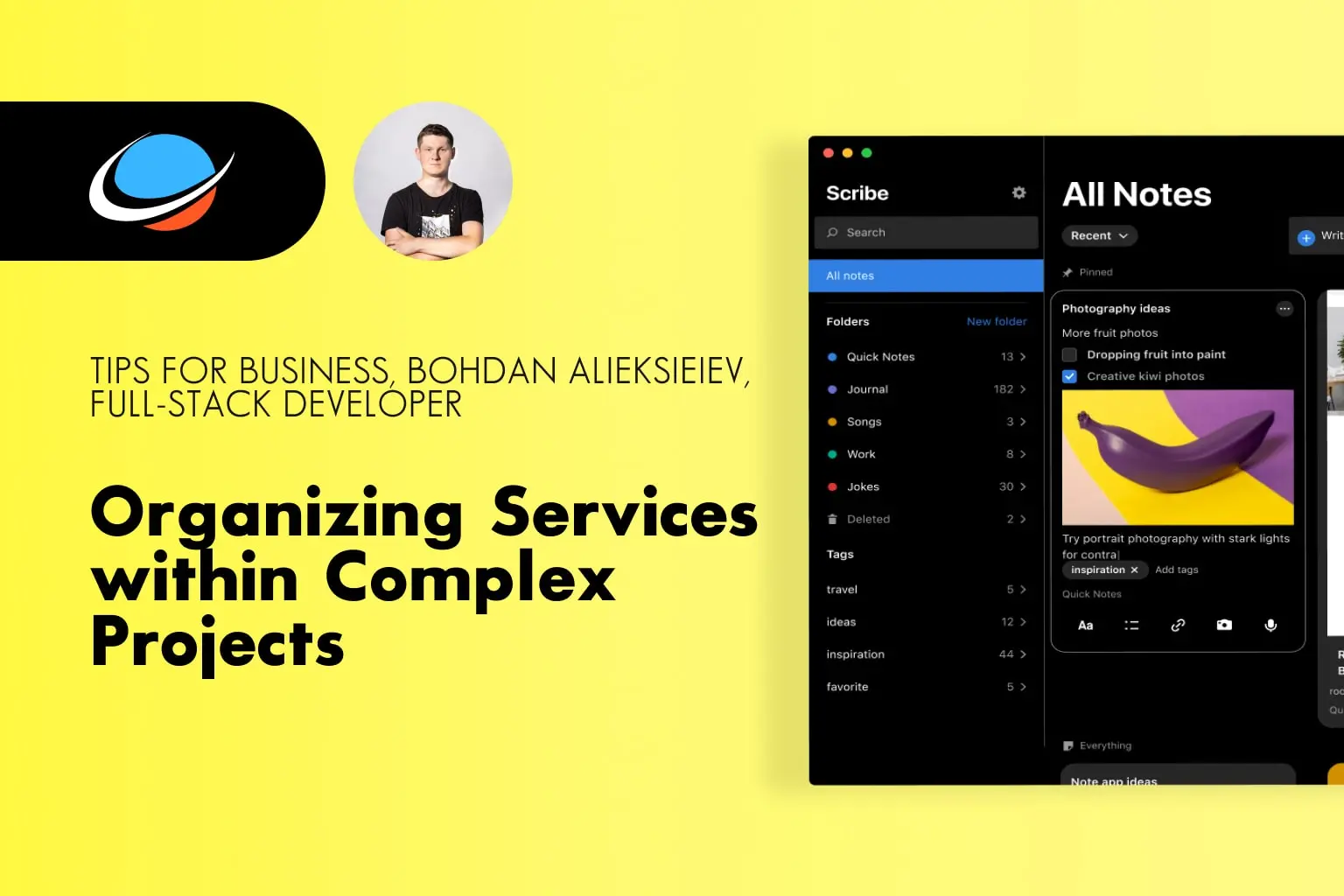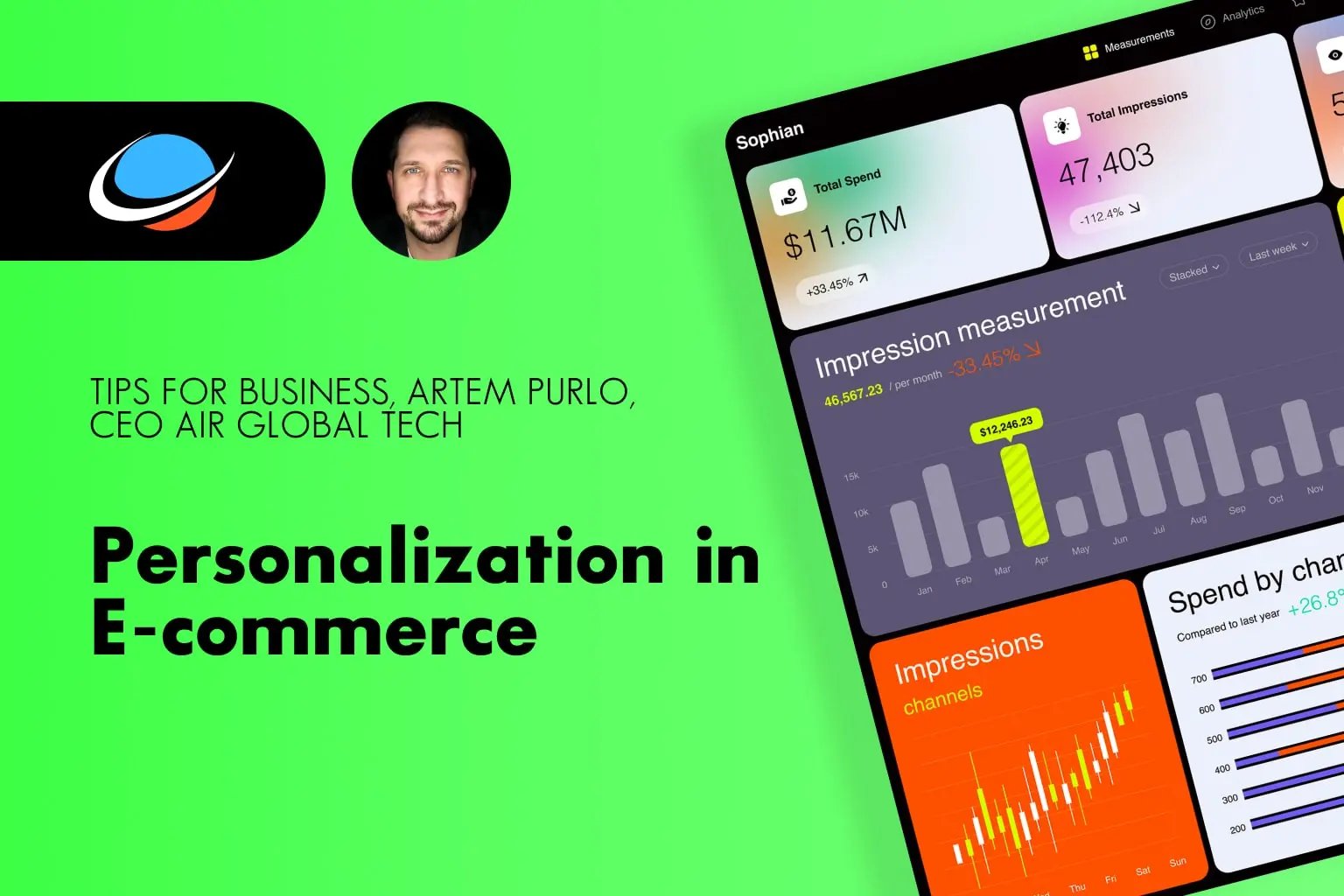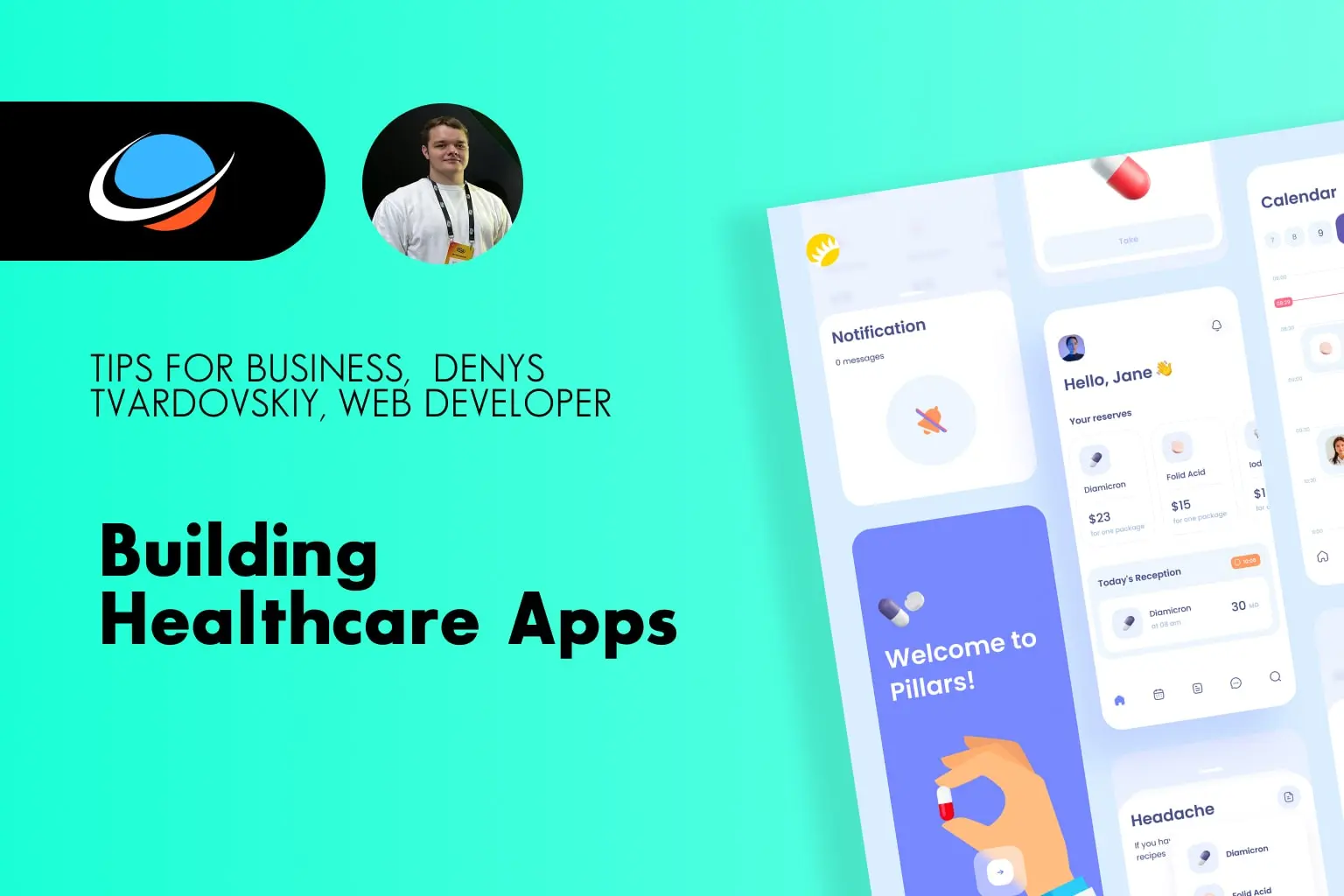When developing a web application, choosing the right architecture is crucial for its success. The architecture determines how the application's components are structured, organized, and interact with each other. Three popular architectural patterns for web applications are Model-View-Controller (MVC), Model-View-Presenter (MVP), and Model-View-ViewModel (MVVM). In this article, we will compare these three architectures and provide insights on how to choose the most suitable one for your web application.

Understanding MVC, MVP, and MVVM
Before diving into the comparison, let's briefly understand each architecture:
Model-View-Controller (MVC)
MVC separates the application into three main components:
- Model represents the data and business logic,
View handles the user interface,
Controller Handles user input, processes requests, and acts as an intermediary between the Model and View, facilitating communication between them.

MVC promotes separation of concerns, making it easier to maintain, scale, and update software systems.
Model-View-Presenter (MVP)
MVP is an evolution of MVC, primarily used in building user interfaces. In MVP:
- Presenter acts as an intermediary that handles user input, processes it, updates the Model, and controls the View's behavior.
- Unlike the Controller in MVC, the Presenter is more closely tied to the View in MVP.
- Model represents the application's data and logic.
- View manages the user interface and displays information.
MVP promotes a clear separation of concerns, making it easier to test and maintain the user interface code separately from the application's logic.
Model-View-ViewModel (MVVM)
MVVM is a variation of MVP with a stronger separation between the View and the Model, commonly used in building user interfaces, especially in applications with graphical user interfaces (GUIs).
- Model represents the application's data and business logic.
- View manages the user interface and visual elements.
- ViewMode serves as an intermediary between the Model and View, holding the presentation logic and data transformation. It abstracts the View's state and behavior from the Model, promoting separation of concerns.
MVVM is popular in frameworks like WPF and Xamarin and is valued for its ability to create highly maintainable and testable user interfaces.
Comparing the Architectures
Now, let's compare these architectures based on several important factors:
1. Separation of Concerns and Maintainability
- MVP: Provides a good separation of concerns by isolating the user interface logic in the Presenter, making it relatively easy to maintain.
- MVC: Offers a moderate level of separation but can sometimes lead to tightly coupled Views and Controllers, potentially impacting maintainability.
- MVVM: Excels in separation of concerns, with the ViewModel isolating the UI logic and promoting clean, maintainable code.
MVC, MVP, and MVVM all emphasize the separation of concerns, making applications more modular and maintainable. However, MVVM provides the strongest separation between the View and the Model, resulting in better testability and easier maintenance.
2. Testability
- MVP: Highly testable due to the clear separation of the Presenter from the View, making it easy to write unit tests.
- MVC: Testability depends on how well the Controller is decoupled from the View, which can vary.
- MVVM: Offers excellent testability, as the ViewModel can be tested independently of the UI components.
MVP and MVVM excel in terms of testability. Since the Presenter and ViewModel act as intermediaries between the View and the Model, it becomes easier to write unit tests for these components in isolation. MVC can also be tested effectively, but it requires mocking the View and other dependencies.
3. User Interface (UI) Updates
- MVP: Requires more manual handling of UI updates within the Presenter.
- MVC: Involves direct interaction between the Controller and View for updates.
- MVVM: Typically, UI updates are more seamless as they are often bound to ViewModel properties, reducing manual intervention.
MVC and MVP require manual updates to the View when the underlying Model changes. In MVVM, the View is automatically updated through data binding. This makes MVVM more suitable for complex UIs and scenarios where frequent updates occur.
4. Learning Curve and Familiarity
MVC is widely adopted and has been around for a long time, making it more familiar to developers. MVP and MVVM may have a steeper learning curve due to their additional layers of abstraction. However, they offer benefits in terms of code organization and maintainability.
5. Framework Support
All three architectures are supported by various frameworks and libraries. MVC has strong support in popular web frameworks like Ruby on Rails, Laravel, and ASP.NET MVC. MVP and MVVM are commonly used with frontend frameworks like Angular, React, and Vue.js.
6. Project Complexity and Size
For simple and small projects, MVC might be sufficient as it provides a straightforward structure. However, as the complexity and size of the project increase, MVP and MVVM offer advantages in terms of maintainability, testability, and scalability.
Choosing the Right Architecture
To choose the right architecture for your web application, consider the following factors:
1. Project Requirements: Understand the specific requirements of your project, including scalability, testability, and maintainability needs.
2. Team Experience: Evaluate your development team's familiarity with different architectures. If they are experienced in a particular architecture, it might be wise to leverage their expertise.
3. Framework Considerations: Assess the frameworks and libraries you plan to use. Some frameworks align better with certain architectures, making development more efficient.
4. Future Flexibility: Consider the potential future requirements of your application. If you anticipate significant changes or additions, architectures like MVP or MVVM might provide better flexibility and maintainability.
5. Community and Ecosystem: Explore the community support and available resources for each architecture. A strong community can provide valuable insights, best practices, and libraries that align with your chosen architecture.
Remember, there is no one-size-fits-all architecture. Each project is unique, and the right choice depends on various factors. It is essential to evaluate your specific needs and consider the trade-offs of each architecture before making a decision.
Conclusion
Choosing the right architecture is a critical decision when developing a web application. MVC, MVP, and MVVM are three popular architectural patterns that offer different advantages depending on your project's requirements. By considering factors such as separation of concerns, testability, UI updates, learning curve, framework support, project complexity, and team experience, you can make an informed decision. Remember, the chosen architecture should align with your project's goals and facilitate long-term maintainability and scalability.











